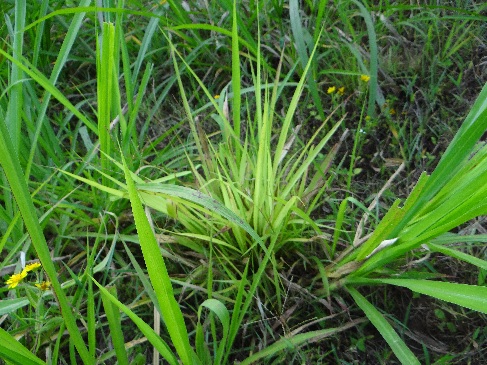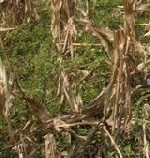|
Home>>Challenges
Challenges
Our Goal
“To end hunger and poverty for
10 million people by extending Push-Pull
technology to 1 million households in
sub-Saharan Africa by 2030”,
Zeyaur Khan, Coordinator,
Push-Pull Programme
Shamba Shape up
| |||||
|
|
|||||
|
|
|||||



 Research Partners
Research Partners